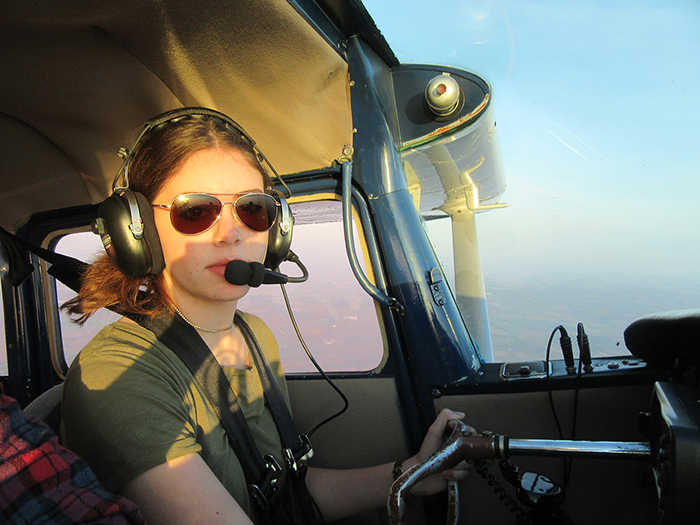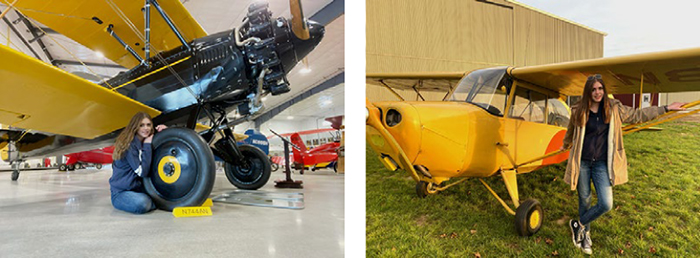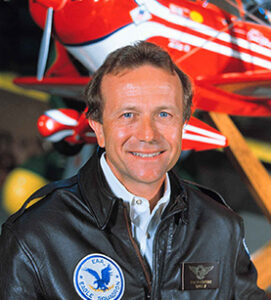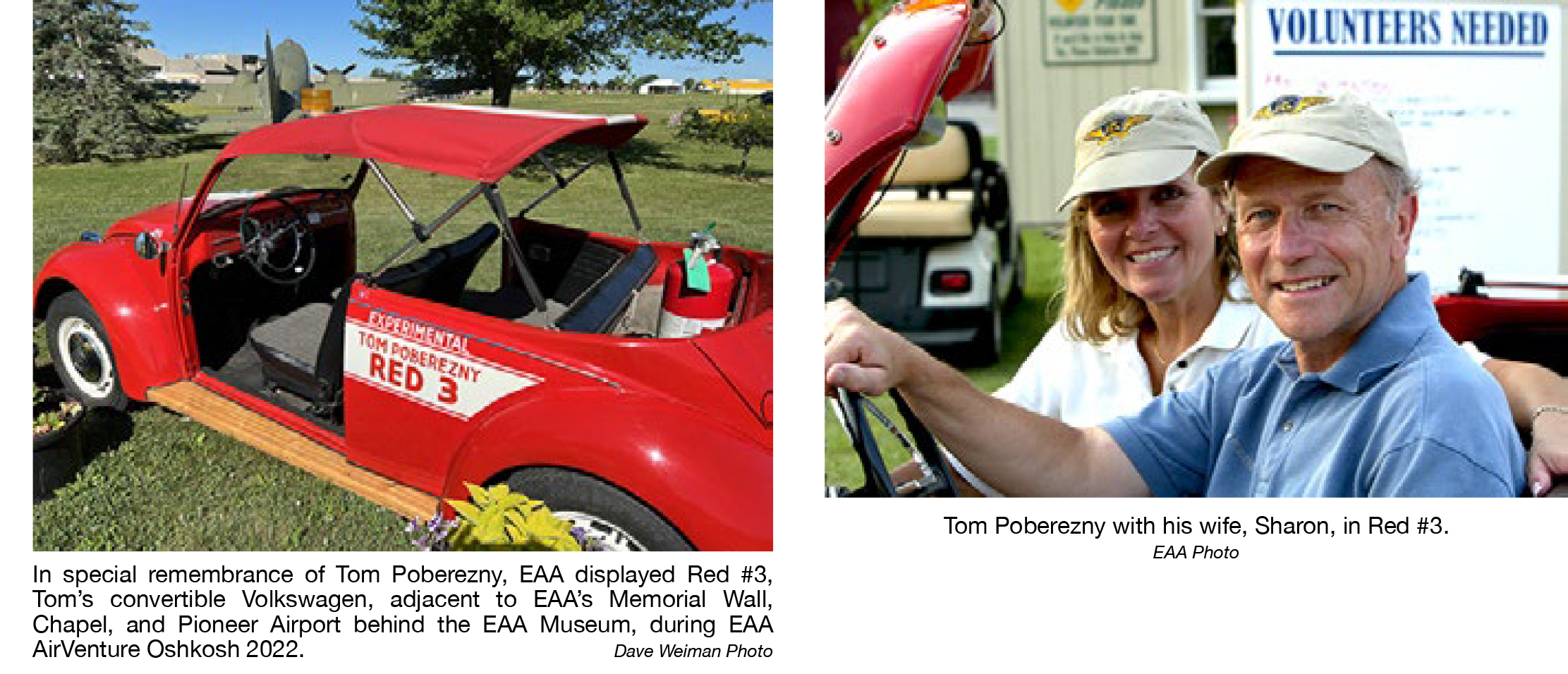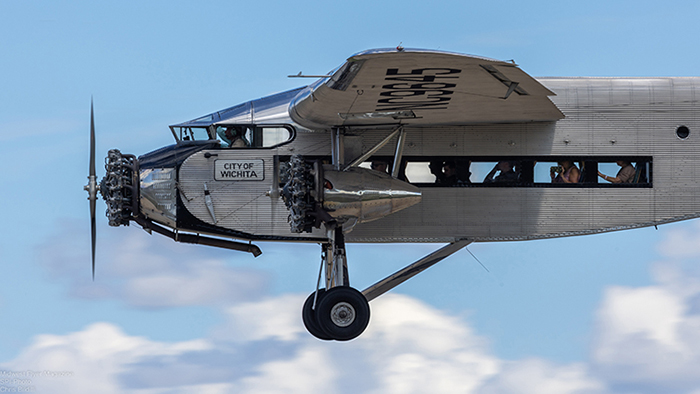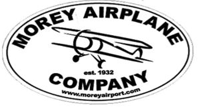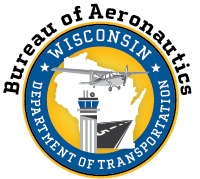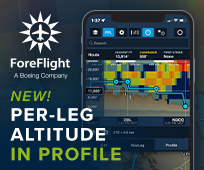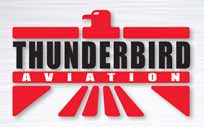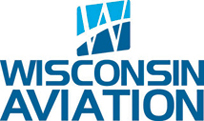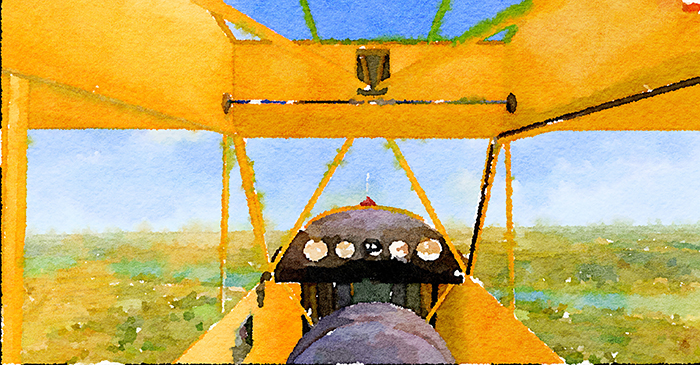
by Dean Zakos, S.J.A.
© Dean Zakos 2020 All Rights Reserved
Published in Midwest Flyer Magazine October/November 2022 Digital Issue
1945 was a good year.
It was autumn, but the leaves were still weeks away from curling brown and crisp. The war had ended. High school graduation was last June. I planned to enlist in the Navy after two years of college. I wanted to be a Naval Aviator. The Navy had a program so I could enlist, go to college for two years, fly for the Navy, and then complete the second two years of my education and get my degree. I wanted to be an engineer.
I glued kites and model airplanes out of balsa wood and tissue paper as soon as I could safely handle a scissors and pocketknife at about 5 or 6 years of age. I learned to fly a Piper J3 Cub in the summer of 1944. Cappy, my flight instructor, said I had the makings of a good pilot. I hoped so.
I had not flown for a few weeks – money and time were always tight. I finished early at my part-time job at the hardware store. Some daylight still remained. The shadows were growing longer and the light softer as I cuffed my faded corduroy trousers and pointed my bike toward the airport.
Late September’s sights, smells, and sounds greeted me everywhere. A freshly mown lawn. Victory gardens. The Fitzgeralds, with all nine kids, talking and laughing, on their front porch. Doris Day singing “Sentimental Journey” on a radio somewhere. Railroad men, lunch buckets swinging from their grease-stained hands, walking home from the railyard. Bells chiming in the steeple of St. Mary’s. The aromas of suppers being prepared on kitchen stoves. The ding-ding as a ’37 Ford coupe pulled into the Clark gas station on the corner. As I followed the road away from the edge of town, I peered out over rolling acres of soon-to-be-harvested corn, standing high in straight rows with tassels swaying in unison in the mild breeze. I took in the pungent odor of dairy cows and manure. A Redwing Blackbird sat alone on a fence post.
I travelled that country road many times over the years. I started washing airplanes and doing odd jobs around the airport when I was 12 in hopes of getting rides and, eventually, when I was old enough, some lessons. Even then, airplanes had a lot of surface area to pay attention to. I was always sure to be careful with the cotton/linen and dope fabric coverings, particularly the taped seams. A few Pipers and Taylorcrafts, a Stinson, a Luscombe. There was even a Pheasant H-10 on the field. I washed them all.
Arriving at the old shed serving as a hangar, I leaned my bike against the wall. I muscled apart the two halves of the door, suspended by wheels in a dented and weather-beaten overhead track, until both sides reached their stops. Within, it smelled of old wood, gasoline, and musty earth. The Cub, painted in Lockhaven yellow with a black lightning bolt stripe, sat still and ready on the hard-packed dirt floor. The 35-foot wing barely fit the space. At 18, I could lift the tail off the ground and pull it out of the hangar by myself. Once I was satisfied that the machine would fly, I was ready to start up. Reaching in, I cracked the throttle and pushed the fuel lever to “On.”
Today, there are not many pilots who will hand prop an airplane. When I started out, every pilot did. I reached back in and gave the engine two shots from the primer. I walked around to the nose and pulled the wooden propeller through three or four times. Set the blades to the ten o’clock and four o’clock positions. Back at the door, I reached over and above the rear seat, turning the magneto switch to “Both.” Standing next to the cowl, in front of the chocked tire, I placed my right hand on the prop and left hand on the tubular frame at the edge of the door. Steadied my feet. Gave it a spin. If done right, it is that simple. Started right up. Kicked the chock out. Settled into the rear seat and belted in.
That day in late September, my life was in front of me. My personal horizon was as wide as the view out of the Cub’s windshield at a couple thousand feet. I did not know where fate would take me, but I knew I would be going by air.
Back then, I was full of hope and aspirations. I did not have a special girl, but I thought I would eventually meet someone. And I did. At Pensacola. Barbara was a Southerner – her family was from Kentucky. I fell first for her expressive eyes, kind ways, and wonderful drawl. Then, I fell in love with her. We were married in her parents’ backyard under a painted gazebo covered in colorful spring flowers. Barbara in her wedding dress and me in my khaki Ensign uniform.
The panel in the Piper was spartan. Airspeed, altimeter, oil pressure, oil temperature. A whiskey compass. In a Cub, everything happens at 60 miles an hour. I taxied out, lined up in the center of the turf runway, held the stick back in the fingers of my right hand, and wrapped my left palm around the black ball at the end of the throttle lever. Confirming there was nothing in front of me, I gently pushed the throttle forward to the stop. I did not need to look at the tachometer. I knew how much power was being made by the sound and vibration of the little four-cylinder engine. Looking over the empty front seat, I confirmed that oil temp and pressure were normal. The wheels rolled forward, slowly at first. I pressed on the right rudder pedal. As speed increased and the tail came up, I moved the stick to neutral. I kept pressure on the right rudder pedal as needed to maintain directional control. Flying speed. Stick slightly back, the Cub flew itself into the air.
If you fly, you know the feeling. I experienced it on my first solo in the Cub and I know it still today so many, many years, and logged hours, later. The anticipation. The exhilaration. The concentration. The satisfaction. We are the lucky few. Climbing gracefully through clouds and sky, watching the earth fall away, we can make the horizon tilt and rise and fall and bend to our will. For me, I first saw flying as practical and, perhaps, a way out of a small town. In time, and with Barbara’s influence, I came to see flying as having more of a connection with poetry, a subject she knew well. Unlike poets, pilots do not write with words on a page. Instead, we write with airplanes on the vast and open expanse of the sky. The sky is a blank sheet, and what we can scribe there depends solely on our skills and experience and dreams.
I banked the Cub south toward the river. When I was at about 500 feet above the ground, I nudged the throttle back and leveled off. The lower half of the Cub’s door was down, and the upper window half was up. If you cannot fly in an open cockpit airplane, the next best thing is to fly in an airplane with a window open or the canopy slid back, inviting the rattling slipstream in to swirl and buffet around you. At that altitude, the sights and smells of the world below are still clear and sharp.
The sound and vibration of the engine were rhythmic and steady. Scattered clouds above me reflected the sun’s rays as it journeyed to meet the horizon. Pewter-white, edged in violets, silvers, and golds, the clouds reflected the angles of the end-of-day light in the melting blue of the sky. At that moment, it seemed as if mine was the only airplane in the world.
There is a road coming up. Its direction perpendicular to my flight path. As I crossed, I turned the Cub to the left, holding a steady bank and noting the wind drift. As I crossed the road again, I banked to the right. After a few more S-turns, perfecting my track with each pass, I proceeded on my original course to the river. Few things teach you more about coordinated flight, wind, and wind drift than S-turns.
I flew Corsairs and Avengers for the Navy. Too late for World War II and too early for Korea. Carrier qualified on both. I liked the Corsair for the speed, the Avenger for the room. I was stationed in Virginia with an anti-submarine squadron. I could fly the Avenger home on some weekends. Often, I would take a couple of enlisted men with Wisconsin connections along with me. So long as we were back at the naval air station by 0800 Monday, there was no problem. The Navy wanted us to fly.
Reaching the river, I inched the throttle back and started a gentle descent until the bald eagles, sitting patiently on tree limbs along the sandy banks, came clearly into view. I maneuvered the Cub as the river meandered, parallel with its line. First right, then left, then straight, then right again. There is a freedom and meaning in flight that most people could never hope to find on the ground. I am one with the Cub. I think “go right” and my little ship responds immediately. Hands and feet and ailerons and rudder move together — deliberately and responsively – exactly in accordance with my desires.
Following the river’s contours, I lose myself in the moment. I am where I want to be. Eventually, the wire and cork fuel gauge bobbing on the cowl helps me to regain my focus. The mark showed about one-quarter full. It was getting late. Time to steer the Cub back toward the airport. Only about four miles away to the northwest. Still enough daylight to see the fields and county roads below and the few hangars and turf runway beyond. I will be there soon.
I owned two Cessna Skyhawks (one a straight tail) over the years. Good, practical airplanes. I built an RV-7 with a tail wheel and flew it for many years. I have always liked the challenge of designing and building things. There is something special about using your ingenuity and your two hands to create some object that is useful and of value. Barbara and I flew the Skyhawks and the RV-7 as often as we could. Trips to North Carolina, Kentucky, Florida, and Texas. Even to Alaska – twice. Flew into Oshkosh and camped for the week almost every year.
We had a good life. Did all my plans and dreams come true? No. But I have no real complaints either. I have always told my children not to wait for things to get easier, or simpler, or better. Life will always have disappointments and complications. Learn to be happy now. Otherwise, you will run out of time. If you have family and friends, and you can laugh and enjoy life – and fly airplanes – you are blessed.
Barbara is gone now. She passed four years ago. I miss her every day. To help fill the emptiness, I sold the RV-7 and started to build a Zenith 701. It looks like it will be a fun airplane to fly. I have a small barn and workshop on my property. The work is slow going, but I have the time. Wings, tail, and fuselage are mostly complete. Engine is in a crate in the corner. Working on the panel layout.
Entering the pattern on a left downwind to land to the west, I slide the throttle back. Slight crab angle to the south to compensate for a little drift. I swap the stick to my left hand as I reach forward with my right toward the front right side of the fuselage to pull the carb heat on, being careful not to push inadvertently on the stick as I stretch. I throttle back again as I turn base and final. I am on airspeed and altitude, nose held slightly low, with the grass strip growing larger in front of me. Crabbing a little to my left.
Over the threshold, I close the throttle, lower the left wing a bit, raise the nose slightly, and hold it. Work the rudder pedals to center the nose on the middle of the runway. Hold it. No hurry. Hold it. Stick all the way back. Work the pedals. Hold it. The Cub settles gently, quietly, firmly. First the left wheel, then the right. I am down. Stick back in my stomach and to the left. Keep bumping the rudder pedals to stay straight. I remind myself, as Cappy told me, to continue to fly the airplane. On the ground, I slowly weave the nose of the Cub back and forth to allow some forward visibility until I am shut down in front of the hangar.
I position the tail of the Cub toward the opening. Lifting at the hand hold, I pull backward, trudging carefully so as to not catch a wingtip on the door frame, until the cowl and prop pass under the door track and the main wheels settle into their indentations in the floor. After chocking a wheel, I pause for a moment in front of the open doors, slightly more darkness inside the hangar than out, listening to the crickets in the nearby meadow, the metallic ticking of the engine, and feeling the lingering warmth of the 65 horsepower Continental. I add some gas from a five-gallon can to the Cub’s tank, wipe her down, and remove the few bugs that found their demise on the windshield or leading edges. The flight was at an end. I could hardly wait to do it all again.
Heading back toward my little town that night in 1945, I could feel the chill in the air through my thin flannel shirt, reminding me that long, warm summer days were almost at an end. I was content. I did not know then where my flying, and my life, would take me. I did know flying gave me a sense of confidence and accomplishment that would serve me well.
The moon, pale and orange, was rising in the east. The dark blue sky of twilight was fading into the deep black velvet of night. The quiet of evening was settling in. Streetlights began to flicker on as I continued toward home. Muted, golden glows appeared in windows and open doorways of the houses I passed, casting intricate patterns of lights and shadows on the lawns and trees. I was almost to my street.
As I pedaled, I looked forward to bounding up our back porch, opening the screen door of our kitchen, and stepping into the warmth and comfort I knew I would find there. Ma said she was making meatloaf tonight.
EDITOR’S NOTE: Dean Zakos (Private Pilot ASEL, Instrument) of Madison, Wisconsin, is the author of “Laughing with the Wind, Practical Advice and Personal Stories from a General Aviation Pilot.” Mr. Zakos has also written numerous short stories and flying articles for Midwest Flyer Magazine and other aviation publications.
DISCLAIMER: This article involves creative writing, and therefore the information presented may contain fictional information, and should not be used for flight, or misconstrued as instructional material. Readers are urged to consult with their flight instructor about anything discussed herein.








